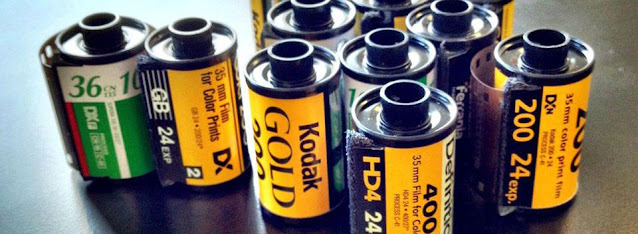Analyzing digital picturization by scanning film negatives
Film negatives printed images on film strips when you shoot using an
analog camera. As they are inverse of the final picture, hence they are called
negatives. Even when you properly store the negatives, they can still be prone
to damage. Using a digital camera, images are saved in digital formats, which
you can directly print on a computer. This is the specific reason digital
format has been used in the mainstream in film. You can scan the negatives by
creating digital scans. Specialized tools are used for scanning film negatives to digital pictures.
There are various reasons to digitalize films.
Key reasons to digitize film negatives
- For
avoiding natural degradation: Storing negatives film slides in different
places can degrade them naturally. But digitizing the films ensures that
you always have backup copies of the negatives even if the original
version ends up degrading over the years.
- Reprints
easily: Converting the negatives into digital images allows you to reprint
as many times as you prefer.
Ways to digitalize negative films
- By
scanning through digital scanners, you can easily digitalize film negatives.
Different verified models of scanners are available in the market with
multiple excellent features. There are varieties of digital scanners
available with a high solution.
- Using
digital cameras like DSLR: The DSLR scanning process requires a camera, a
light table, a tripod, and a macro lens. In this digitizing process, you
can view high-resolution and clarified films prints.
Scanning negative films are useful for duplication and
sharing purpose. Digitalizing helps in scanning your film prints and
negatives at a professional level.


Comments
Post a Comment